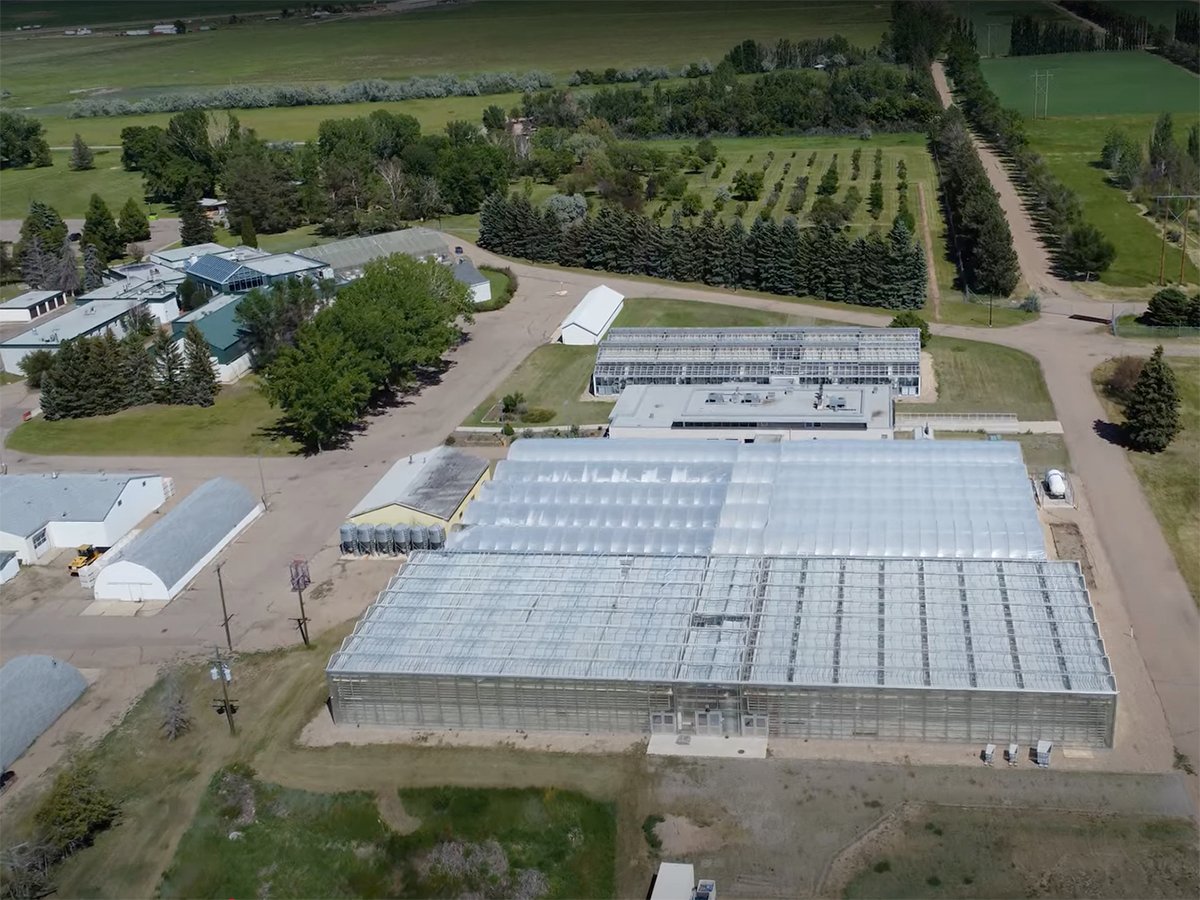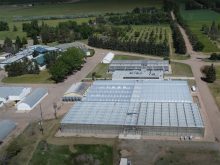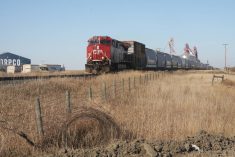In Sweden, farmers get what they pay for when it comes to health care.
That was the message Sverker Hoglund, medical director for the Swedish Farmers’ Safety and Preventive Health Association, told an audience at a rural health and safety conference in Saskatoon Oct. 19.
Hoglund was educating listeners about the “Swedish model”, a health-care system the association has been providing to farmers for more than 20 years.
The Swedish model was developed because farmers did not have the same access to health-care services as workers in other occupations.
Read Also

Alberta crop diversification centres receive funding
$5.2 million of provincial funding pumped into crop diversity research centres
“In the mid-seventies, a movement started among the farmers and farm workers that they should also have something of the kind because they knew that their job was risky,” Hoglund said. “It was decided in the Swedish Federation of Farmers that has about 90 percent of Swedish farmers as members, that it should be started to see if it could be organized.”
Farmer funded
In 1977 the plan was established. Six years ago, all government financial support for the plan had been dropped and it is now funded totally by its members, the farmers.
“Our intention has been for a combined medical and technical approach to find ways to improve the work environment and a way to serve the farmers through a health surveillance program,” Hoglund said.
“The farmers, being a member, this is voluntary so they affiliate and pay a certain amount to be a member,” Hoglund said. Farmers pay $200 (Cdn) a year for the service.
Under the plan, farmers get a checkup every two years, participate in health information activities and have access to health facilities and medical professionals when needed.
“We have found that farming is really an occupation that needs this kind of assistance because when farmers have some kind of medical problem, it’s almost always related to work,” the director said.
Hoglund said today’s Swedish farmers are more concerned about their health and take better care of themselves because they are better equipped to do so. He said farm-related accidents and illnesses have declined as a result.
Although Canadian and Swedish farmers have a lot in common, some health professionals in Canada are skeptical this system could be effective here.
“It’s a model that works in Sweden. (I’m not sure) whether it would work in Canada exactly the same because we have a different health system,” said James Dosman, director of the Centre for Agricultural Medicine at the University of Saskatchewan.
At the conference, Dosman discussed the gap between urban and rural health-care access and said the university offers a good
solution.
The Agricultural Health and Safety Network, an outreach and prevention program, was developed at the university in partnership with the Saskatchewan Association of Rural Municipalities, and includes more than 23,000 Saskatchewan farm families.
Local municipalities enrol families in their area. The families pay $2-$3 per farm, which provides them with specialized training, prevention programs, and various health tests like hearing and breathing checks.
“This program has been really successful. There are 97 municipalities in Saskatchewan that have joined with the centre in working with their farm families to prevent illness and injury as a result of working in agriculture,” Dosman said.
Improvements needed
But even with this network, Dosman knows more improvements are needed in health care for rural families.
“I think what we are looking at is a new mind set,” Dosman said. “Assisting rural family physicians with distance technology, a new attitude to family support services, counselling, enhanced ability to provide emergency care, emergency evacuation, and communications are other (areas that need work).”
Even though their methods for health-care delivery differ, Dosman and Hoglund agree the bottom line is the well being of the producer.
“(The farmer’s health) should not be jeopardized because it is the most important production factor in their business,” Hog-lund said.














